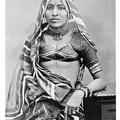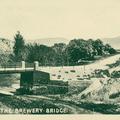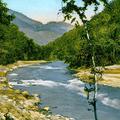Shalimar gardens, Lahore
The beautiful gardens adjacent to the present-day Pakistan-Indian border were build during the reign of the Mughal Emperor Shah Jahan.
Built in the year 1641 A.D, the Shalimar Gardens in Lahore are a UNESCO World Heritage Site.

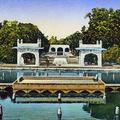

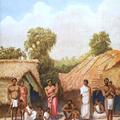
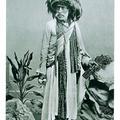
![Armee Anglo-Indienne – Type de soldat Indien [British Indian Army - Indian Soldier] Armee Anglo-Indienne – Type de soldat Indien [British Indian Army - Indian Soldier]](https://www.paperjewels.org/sites/default/files/styles/square_thumbnail/public/slides/armee-anglo-indienne-seated-soldier.jpg?itok=qs0W3abw)
